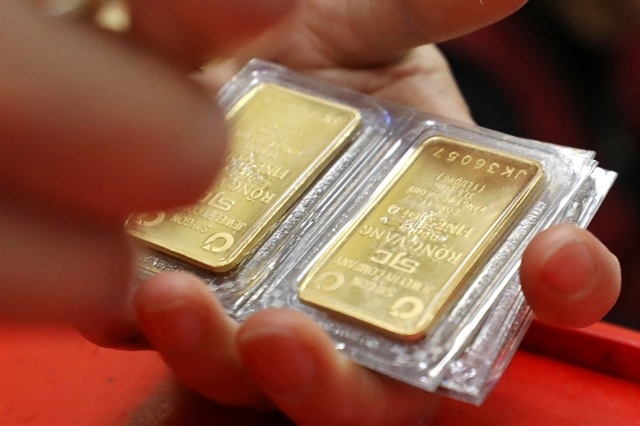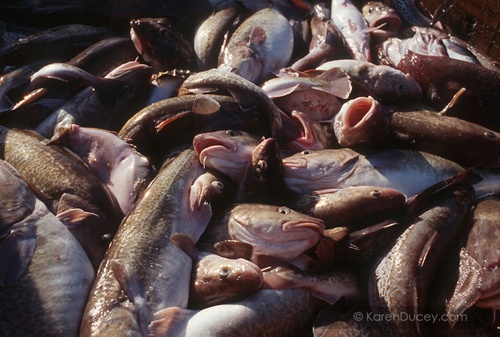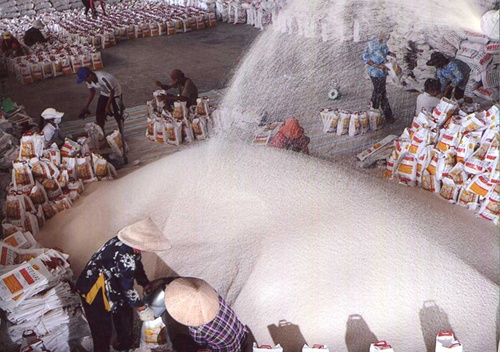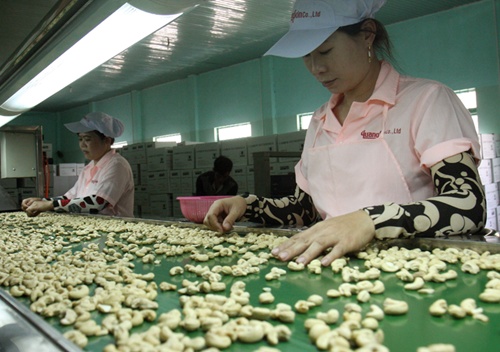Wait to jump on the oil recovery bandwagon
Wait to jump on the oil recovery bandwagon
After plunging to under $30 per barrel earlier this year, oil prices have since staged a smart recovery to hit $40 per barrel, which is seen as a psychological barrier of sorts. Some industry experts extrapolated this trend to suggest that oil prices would hit $50 per barrel halfway into 2016. Such predictions of a quick recovery and a return to oil’s heyday are now starting to sound increasingly hollow.
In the short-term, threats of increased supply from Iran as well as the huge build-up of current inventories have not subsided.
In the longer-term, fracking has disrupted the oil and gas industry in much the same way that Uber is disrupting the taxi industry in country after country. The reality is that the shale oil producers have quietly altered the supply structure of the oil and gas industry forever, which will have profound implications on the very nature of oil as a commodity. Scores of small, marginal shale oil producers have shifted the balance of power away from large producers and the fragmentation of the supply side is subtly but surely breaking the back of the cartels which have long held sway over prices. Today, OPEC production freezes or supply agreements might boost market sentiment, but will not sustainably lift oil prices simply because they will not be able to make enough of a dent on global production levels.
When oil fell to just $27 per barrel, the media was rife with reports of higher-cost shale producers defaulting on their debt and ceasing operations. The prediction was that the low prices would force out the shale producers, and then prices would rise again. This is a mistaken notion for a number of reasons.
Firstly, shale producers do not operate giant projects with massive production lead times; when prices fall below cost of production, these “small-time” entrepreneurs can cap their wells and come back when prices recover to commercially viable levels.
Secondly, shale producers are no longer confined to the upper right-hand corner of the cost curve; they have been continuously innovating to reduce their extraction costs. The lowest-cost shale producers can eke out a profit even when oil hovers around $35 - 40 per barrel.
Thirdly, the shale oil revolution started out – and continues to be concentrated in – what is arguably the world’s most dynamic economy: the US. Those shale producers that run into trouble servicing their debt could declare bankruptcy, restructure their loans, and come right back into the market once prices rise or once they have lowered their production costs further, an act that would have been much harder to pull off in more regulated markets with less financial innovation and a greater bankruptcy stigma.
Therefore, shale oil producers are much more resilient than they are credited to be and they are there to stay. The oil supply curve has become flatter as a result and production cuts or freezes by large traditional producer blocks or cartels will not move prices as much as they used to. Notably, even though US shale oil accounts for less than 5 per cent of global oil production, its rapid rise was the main factor behind the collapse in oil prices last year.
Rising shale production and lower marginal costs continue to flatten the oil supply curve
That being said, are oil prices of around $30 per barrel the new norm? Unlikely. If prices were to stay at these levels, several conventional producers as well as shale, offshore, and oil sand producers would be squeezed enough to make a tangible dent on global production levels. Hence, prices are bound to rise from the trough seen earlier this year, but we believe that the pace of recovery will be tepid at best.
A growing oil supply overhang implies that oil price recovery will be tepid
Why? Because inventory levels remain elevated and as I write, we are adding to crude stockpiles. Global inventory is at a record 4.6 billion barrels and is rising by 2 million barrels per day. Demand has tumbled with China’s economic slowdown, but supply has continued unabated. Despite growing talk of shale oil producer exits, at the end of January 2016, total US shale producers were still pumping out 4.7 million barrels per day, roughly equal to 5 per cent of the total oil supply as was the case in 2015. Thus the supply-side rout has not shaped up as predicted.
Despite having among the lowest cash production costs in the region (around $28 per barrel), Vietnam’s oil and gas industry is starting to feel the pinch as oil has tested its breakeven price of production. PetroVietnam has slashed its exploration and production activity across a number of operating and prospective fields, and this is taking a toll on listed midstream service providers like Petro Vietnam Drilling (PVD) and Petro Vietnam Technical Services (PVS). The earnings of PVD and PVS in 2015 fell by 33 per cent and 25 per cent respectively, and their share prices plunged. Starting in February, however, their share prices ticked up as predictions of an oil price recovery grew louder and due to the entry of “bottom fishers”.
Oil and gas share prices have tracked oil prices on their recent decline and subsequent uptick
We hate to be the party-poopers, but we feel that the recent uptick in the stocks of oil and gas operators is not sustainable for a few reasons. As mentioned earlier, oil price recovery is likely to be more muted than the average front-running investor’s enthusiasm would suggest. Punters have piled on in a herdlike fashion into oil and gas stocks to ride the price recovery, and this has become a self-fulfilling prophecy, thereby stretching valuations. Let us not forget that, even with a recovery in oil prices in the second half of this year, average oil prices for the full year will struggle to inch above the $40 per barrel mark, which is still 25 per cent lower than last year.
The recent recovery is not justified by the near-term earnings outlook
Combine this with the fact that there is a significant time lag between oil price movements and their impact on the earnings of midstream oil and gas operators, and you are likely to see earnings come under the sledgehammer in 2016, with weakness continuing into 2017. In a stock market like Vietnam’s that is still dominated by the average retail investor rather than the DCF-crunching equity fund analyst, stock prices are more driven by earnings announcements than anything else, and we believe that when negative earnings growth results start streaming in this year, investors will retreat into sell mode.
Investors might therefore want to wait to take a position once share prices are dragged down further this year by earnings and there is greater visibility on oil’s recovery trajectory as well as on the resumption of E&P activity on new blockbuster projects such as Block B and Bluewhale. The announcement of these projects and contract awards to service players like PVS could be positive price catalysts in the short term and earnings catalysts in the medium term. Those who enter now in the hope of making quick returns on the back of oil’s improving prospects will risk compromising their potential returns.

























